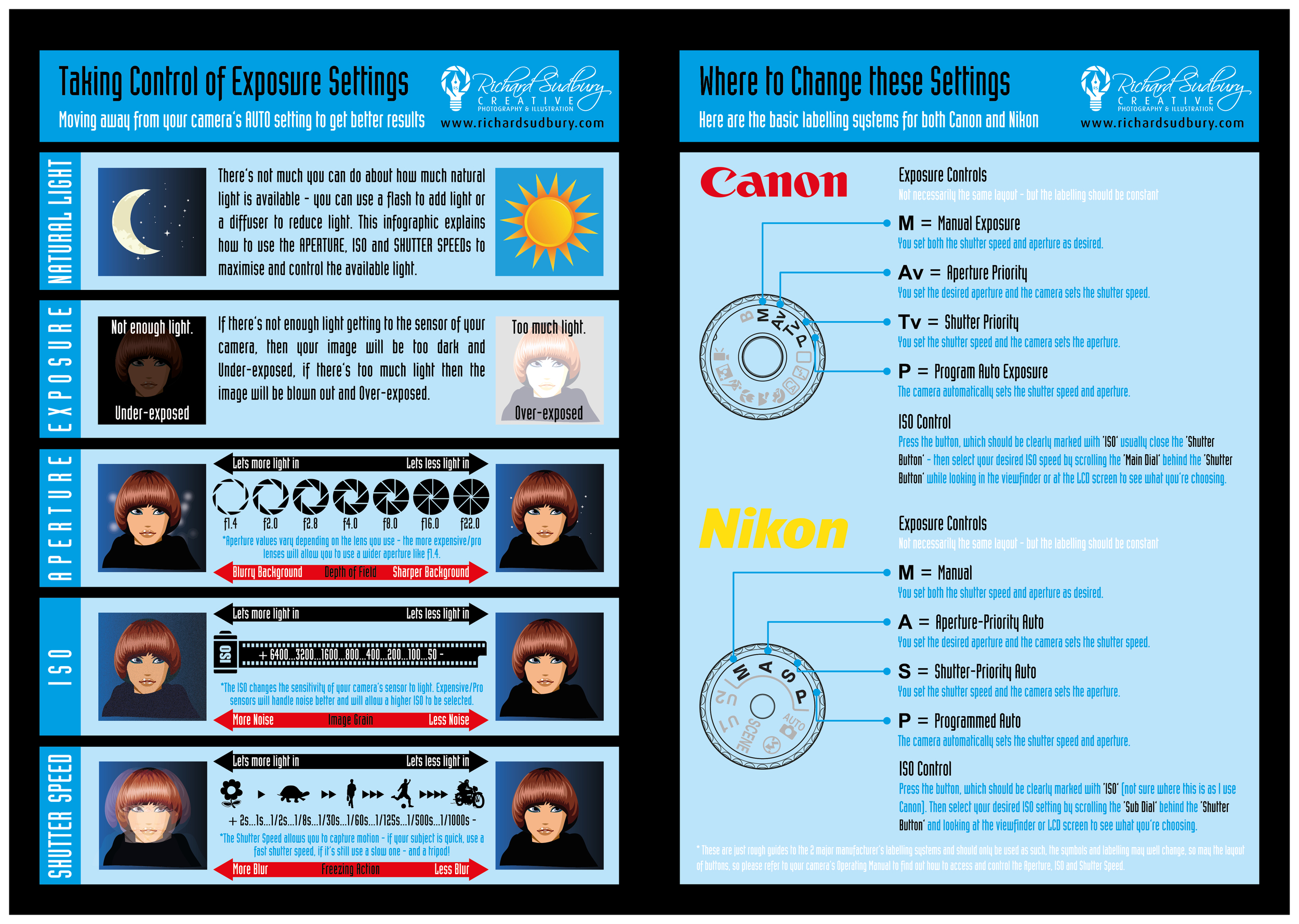Transform Your Photography By Understanding Lights Methods That Can Elevate Your Images-- Find The Common Risks That Could Be Holding You Back
Transform Your Photography By Understanding Lights Methods That Can Elevate Your Images-- Find The Common Risks That Could Be Holding You Back
Blog Article
Write-Up By-Caldwell Isaksen
As a professional photographer, you know that lighting can make or damage your pictures. Comprehending the subtleties of both all-natural and synthetic light is important for recording the mood and quality you go for in your job. Whether you're chasing after the ideal gold hour radiance or tweak your man-made arrangements, grasping these elements can elevate your photography substantially. However there prevail mistakes that numerous neglect, and recognizing them can change your technique to every shoot. Let's discover what you could be missing and exactly how it can influence your outcomes.
Understanding Natural Light
Comprehending all-natural light is vital for any professional photographer aiming to improve their job. It's the structure of fantastic digital photography, affecting mood, tone, and quality. When you fire outdoors, pay attention to the time of day. The golden hour-- quickly after daybreak and before sunset-- uses soft, warm light that can change ordinary scenes right into stunning pictures.
Don't undervalue the power of overcast days. Cloud cover diffuses sunshine, creating a soft, also light that's ideal for portraits and macro digital photography. You'll find shades appear this type of illumination without severe darkness.
Placing issues, as well. Always consider your topic's positioning to the light. If the sunlight's behind your subject, you might end up with a silhouette, which can be significant however mightn't be what you want. Conversely, direct sunshine can develop unflattering shadows.
Explore angles; sometimes, altering your viewpoint can produce amazing outcomes. Use all-natural reflectors, like water or sand, to bounce light onto your topic, adding measurement.
Learning Artificial Light
Grasping synthetic light is important for digital photographers who intend to take their abilities to the next degree. Whether you're making use of speedlights, workshop strobes, or continuous lights, understanding exactly how to control these resources can significantly enhance your pictures.
Start by acquainting on your own with the fundamentals of light top quality, instructions, and shade temperature level. Explore various modifiers like softboxes, umbrellas, or grids to regulate the softness or harshness of the light.
You'll locate that soft light often develops complementary results, while harsher light can add drama and depth. Do not shy away from darkness; they can improve the three-dimensionality of your subjects.
Pay close attention to the positioning of your lights. A light located too near to your subject can produce uncomplimentary outcomes, while too far away can bring about a lack of detail. Use a light meter or your electronic camera's histogram to ensure you're subjecting properly.
Last but not least, keep in mind that artificial light can be blended with ambient light for innovative impacts. Balancing these resources may take practice, once you grasp it, your digital photography will genuinely radiate.
Strategies for Various Situations
When you enter different capturing circumstances, adapting your illumination strategies is important for recording the best photos. For exterior pictures, utilize the golden hour-- morning or late afternoon light-- to soften shadows and boost skin tones.
If it's a harsh midday sun, think about making use of a reflector to jump light back onto your topic or seek shaded areas for a more also exposure.
In low-light situations, like interior events, boost your ISO and use a large aperture to let in even more light. A tripod can aid remove cam shake, enabling longer exposures without obscuring.
If Writer headshots shooting at night, experiment with off-camera flash to create vibrant lights and depth in your pictures.
For item digital photography, utilize diffused lighting to stay clear of rough representations. Softboxes or light tents can assist attain this impact.
When photographing landscapes, think about the instructions of light and time of day, as it can dramatically alter the mood of your shot.
Constantly be Headshot photo to change your setups and placing based on the situation, as versatility is vital to understanding lighting in photography.
Conclusion
Finally, understanding lighting is vital to boosting your digital photography abilities. Embrace natural light's beauty during golden hour, and do not shy away from try out man-made light strategies. By adjusting your strategy to different situations, you'll capture magnificent images that reverberate with feeling and quality. Bear in mind, the appropriate lighting can change a normal shot into something amazing, so maintain practicing and fine-tuning your understanding of both all-natural and synthetic light. Satisfied shooting!
